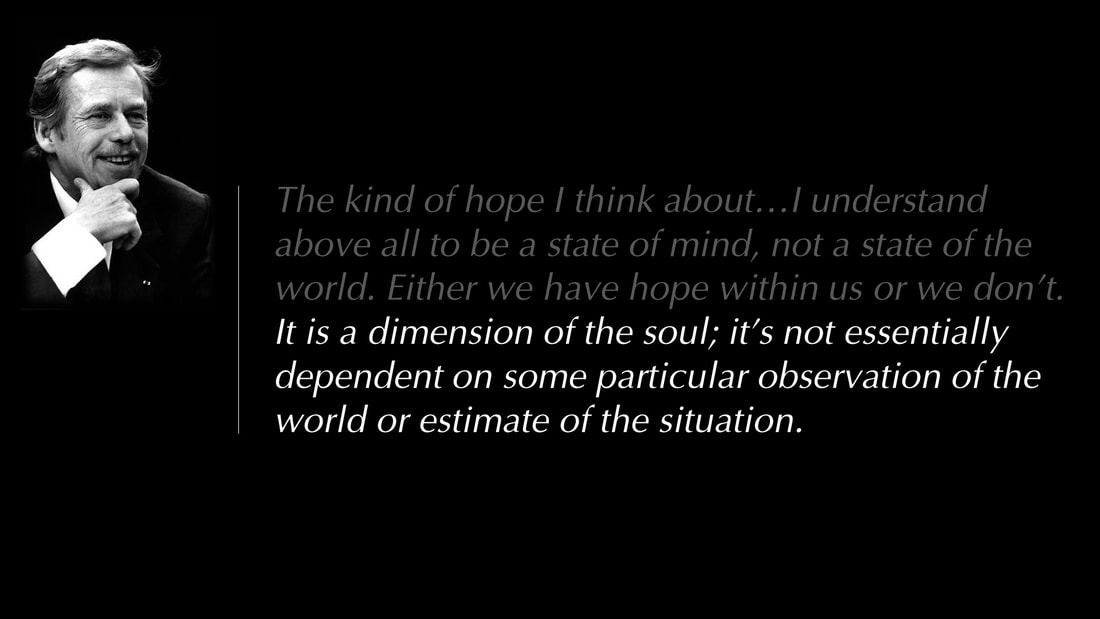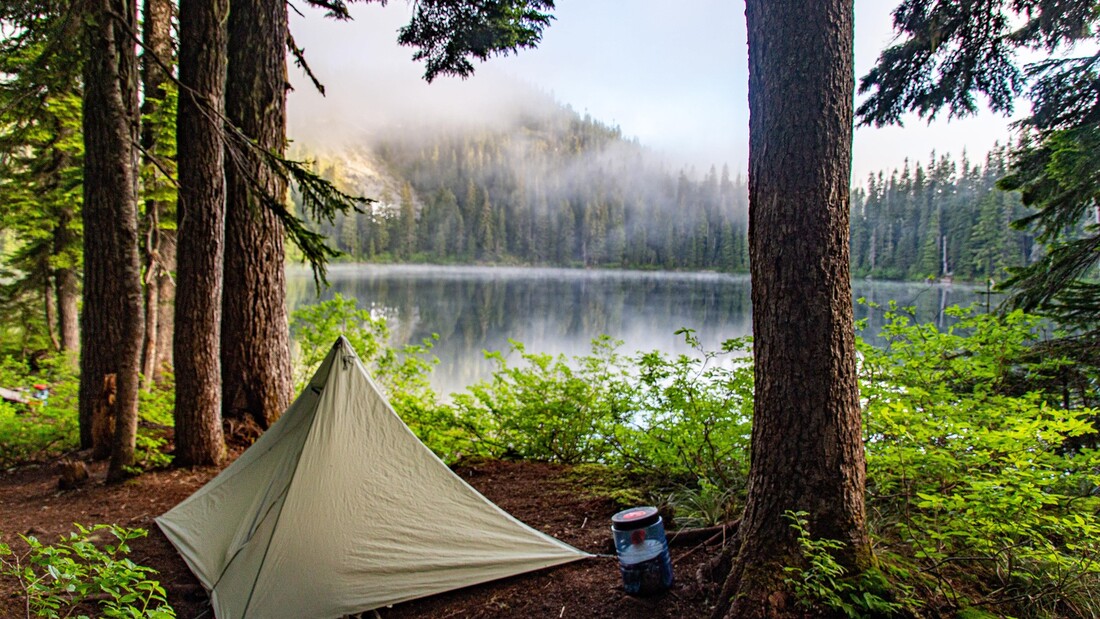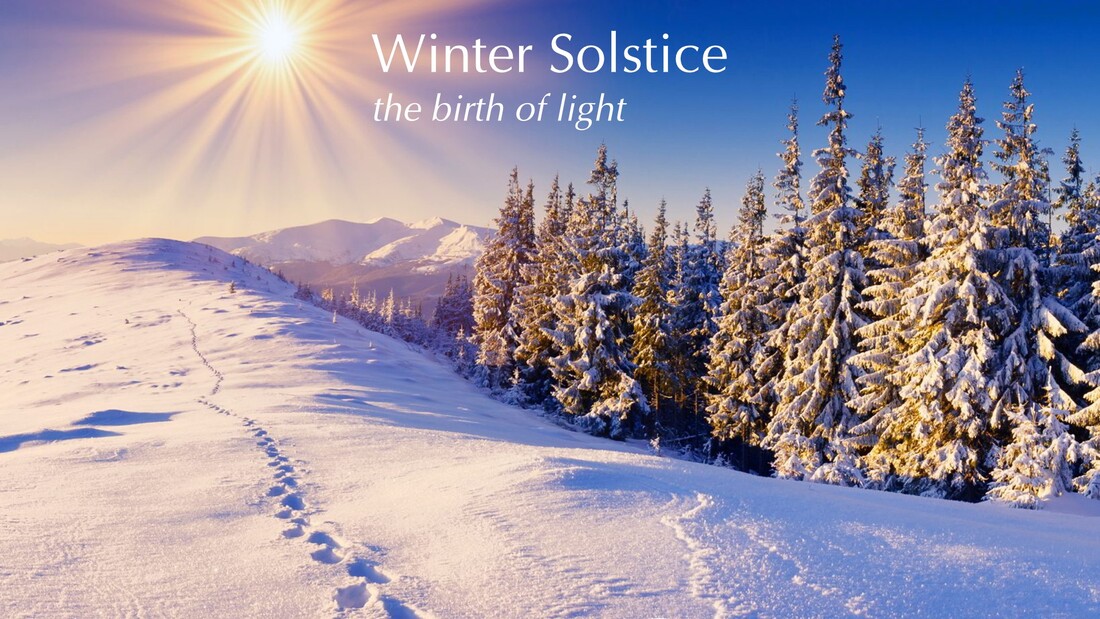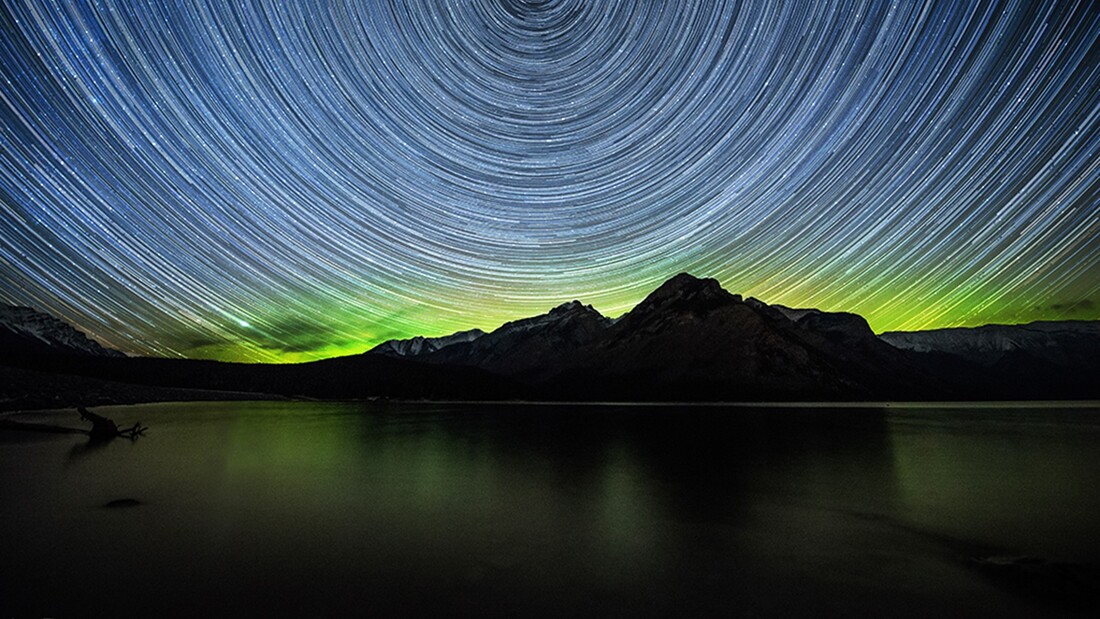Scott Anderson2 Samuel 7:1-11, 16 † Luke 1:46b-55 † Romans 16:25-27 † Luke 1:26-38 A video version of this sermon can be found here. Would it surprise you to know that this story from Second Samuel, this story of the victorious King David, now settled in his reign, now looking to build a permanent temple for God did not actually come together at a time when “the king was settled in his house and the LORD had given him rest from all his enemies around him”? Would it surprise you to know that it came about much later, during captivity in Babylon, when the temple that David’s son Solomon ultimately built for the LORD lay in ruins along with much of the civilization Israel had known at its peak, when the best and the brightest and the most privileged of Israel’s citizens had been forced to resettle as refugees in a foreign land? Would it surprise you to know that it came about when there was no rest, no house, and no king?[i] Perhaps it doesn’t surprise you. Perhaps it surprises you no more than knowing the story of Mary and the angel Gabriel was written down a full generation or two later, at a time when this one whose birth is foretold, this Jesus the Messiah had been executed as an enemy of the state and the church, and this miraculous child John, of the eighty-something year-old Elizabeth, had been beheaded, and when the very structure of Jewish life that serves as the backdrop to this story had been undercut, when there was once again no rest, no house, and no king. What is it about this hope of ours, that it seems to thrive when things are unfinished, that it seems to flourish most in trouble, in suffering, and in need? What is it about this mysterious faith of ours, that it is strongest, according to Romans, when revealed after long ages of being kept secret? What is it about this love of ours, that it is made perfect in weakness? I suspect it is no accident that the ancients, as they began to co-opt pagan ritual cycles to Christian practice, saw the power of setting our most hopeful stories of new life and new possibility, at least in the northern hemisphere, in the heart of darkness. Hope is what we do in the midst of darkness. “The kind of hope I think about…I understand above all to be a state of mind, not a state of the world,” said Václav Havel, the artist and playwright who, after years of being imprisoned for his hopes, became the president of Czechoslovakia and the Czech Republic. “Either we have hope within us or we don’t;” Havel said. “It is a dimension of the soul; it’s not essentially dependent on some particular observation of the world or estimate of the situation.” “Advent hope,” says Paul Loeb, “is not so much waiting for the world around us to change, but expecting our relationship with the world to be changed by God’s coming within us.”[ii] Christian faith is not alone, I suspect, among many of the world religions, in finding its strongest footing when things are not as they should be. We do our best creative work when we have work to do. And we always have work to do. But what we get, what faith understands, is that the work that is done in us is intimately tied to the work that happens in the world. This is, at least, what we mean by incarnation. In the 4th century St. Gregory of Nyssa wrote, “What was achieved in the body of Mary will happen in the soul of everyone who receives the Word.” Let me say it another way. Think about the significance of God’s home being in a tent. David wanted to build God a home, a building, a glorious temple, because surely that is what God would require. Surely that is what we would expect any God worthy of worship to want. We would expect of God what we see in our own quest for power—monuments to stability and permanence and glory. Certainly, it was David’s strategy, brought to fruition later by Solomon, to build the temple as a proclamation of God’s support of and identification with the monarchy.[iii] Surely, we would not assume that God would be most at home journeying in wilderness and uncertainty across the land, never knowing for sure where the next meal, the next spring, the next stopping point might be. Tents are vulnerable. When I go hiking, the few grams of ripstop nylon fabric that separate me from a bear don’t offer much comfort. A lot can go wrong. We can imagine the tents of David’s day were made of animal skins and woven materials. They would have been heavier and bulkier and more fragile than my backpacking tent—easily torn by the winds, vulnerable to the rains, decomposed by the sun, constantly in need of mending and rebuilding. And yet, John’s gospel begins by telling us that in Jesus, God once again chose to “pitch his tent” among us. And Luke reminds us God chose a little one such as Mary in which to pitch it. What is it with this God and this hope? Our faith sees that God is in the world and trusts that God is at work even in things we can’t see, or understand, or sometimes even imagine. To move toward Christmas, which is, not accidentally just on the other side of the winter solstice, the darkest day of the year for us, is to trust that God can do this thing again, and, in fact, has never stopped doing it, that God can be born in me, in you, and in the chaos of this broken mess of a gorgeous world. Our faith, you see, is not fiction. Faith lives in a fact-based reality. It lives in memory. It knows its history. To say that God can do this thing again is to remember that God has done it before through people just like you and me and the least of these. That’s what those writers, deep in Babylonian exile and generations on the other side of crucifixion knew as they wove together the story of a God who was always in the mix in the time of Adam and Eve and Abraham and Sarah and Isaac and Rebekah and Jacob and Rachel and David and Nathan and Rahab and Mary and Elizabeth, and you and me, tenting with them and us in wilderness, in homelessness, in prison, in loss, and in kingdom, shaping them and us toward love, scattering the proud, bringing down the powerful, lifting up the lowly, filling the hungry with good things, and bending the arc of the universe toward justice. To not believe in this is to deny what we know. These stories never preach that all is going to go perfectly, that suffering will somehow magically cease, and cynicism and greed will disappear from the face of the earth or the halls of power. They know better, and so do we. And yet, they challenge those too-simple claims that the power of fear and unsettledness and injustice are unmatched. God is always coming. God is always in the camp with us. God is always there when we swaddle that baby and ponder the meaning of this new life, when we rush off to share our joy with a cousin or friend or neighbor—even if over Zoom, when we take time out of our day to serve a child who sleeps on a couch, when we consider our own vulnerability and mediocrity and potential, when we take time to ponder the mystery of this God, this faith, this hope, this love under these stars.[iv] Amen. Notes: [i] See Feasting on the Word: Year B, Volume 1: Advent through Transfiguration (Feasting on the Word: Year B volume) (Kindle Locations 2843-2845). Presbyterian Publishing Corporation. Kindle Edition. [ii] The Impossible Will Take a Little While: A Citizen’s Guide to Hope in a Time of Fear (Paul Loeb, ed. [New York: Basic Books, 2004]). [iii] Feasting on the Word: Year B, Volume 1: Advent through Transfiguration (Feasting on the Word: Year B volume) (Kindle Locations 3007-3009). Presbyterian Publishing Corporation. Kindle Edition. [iv] Images used are mostly drawn from “A Year Like No Other: The Year in Pictures” NYTimes. Retrieved on December 18, 2020 from: https://nyti.ms/3qIOquW.
0 Comments
Leave a Reply. |
St. Andrew SermonsCategories
All
|




 RSS Feed
RSS Feed